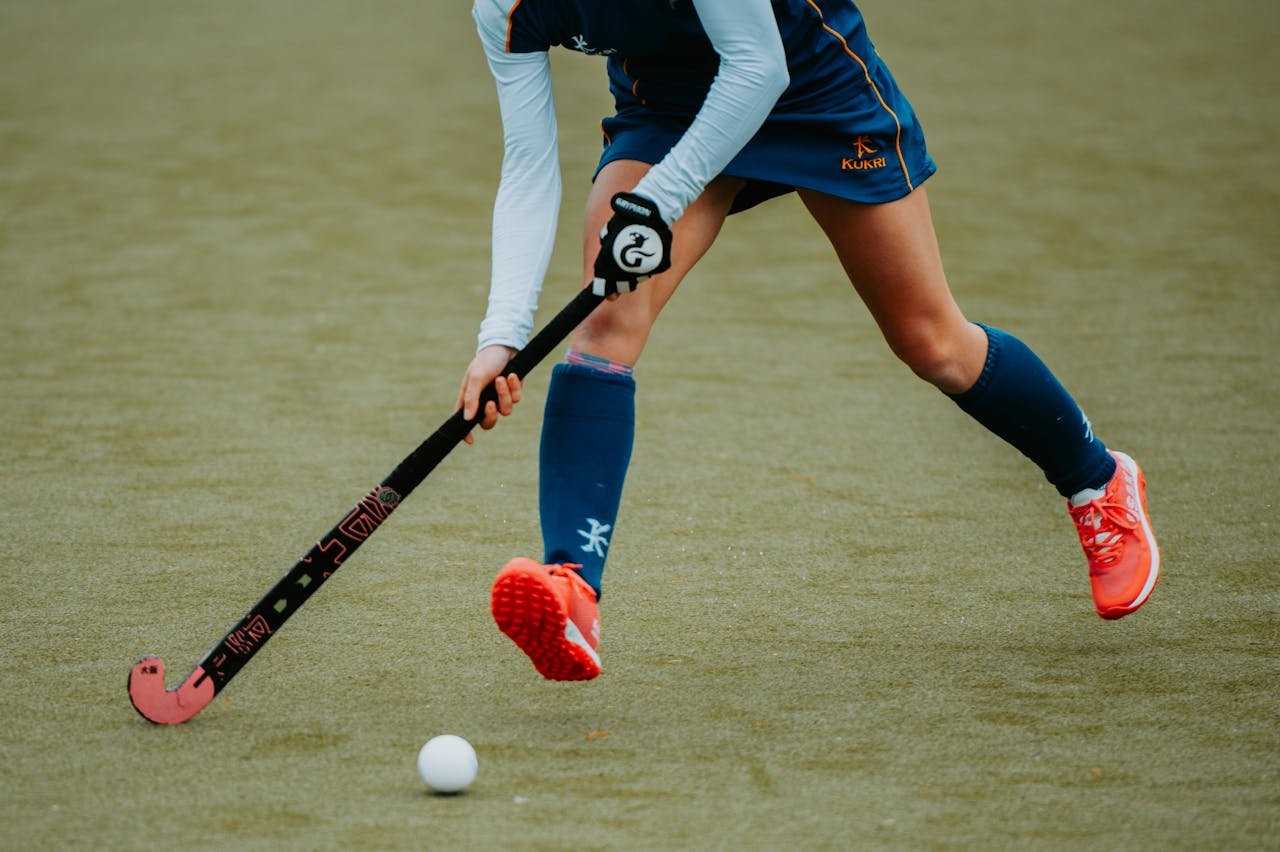
Hockey is a fast-paced and skill-driven sport played in various formats, including field hockey and ice hockey. While each version has its own unique style, the core principle remains the same — to score goals while maintaining fair play. The game is governed by a set of rules and regulations designed to ensure safety, consistency, and competitive balance. In field hockey, these rules are maintained by the International Hockey Federation (FIH), while ice hockey follows guidelines set by bodies such as the International Ice Hockey Federation (IIHF) and the National Hockey League (NHL).
In field hockey, the pitch measures 91.4 meters in length and 55 meters in width, with clear markings for goal areas, shooting circles, and center lines. Ice hockey, on the other hand, is played on a rink measuring approximately 60 meters long and 30 meters wide, surrounded by boards. Both surfaces are designed to facilitate smooth gameplay and player safety.
A standard field hockey match consists of four quarters of 15 minutes each, with short breaks in between. Ice hockey games typically have three periods of 20 minutes each. In both formats, the clock stops during stoppages, ensuring that playing time remains accurate. Extra time or shootouts may be used to determine a winner in knockout competitions.
In field hockey, each team fields 11 players, including the goalkeeper. Ice hockey teams play with six players on the ice at a time — one goalkeeper and five skaters — with frequent substitutions allowed.
In both field and ice hockey, a goal is awarded when the ball or puck completely crosses the goal line between the posts and under the crossbar, provided no rules are broken in the process. In field hockey, shots must be taken from within the shooting circle.
In field hockey, there is no offside rule, allowing greater attacking freedom. In ice hockey, a player is offside if they enter the attacking zone before the puck crosses the blue line.
Both sports rely on referees and assistant officials to enforce the rules. In professional games, technology such as video referrals (field hockey) and video review (ice hockey) is used to ensure accuracy in crucial decisions.
Hockey’s rules and regulations are essential in maintaining the spirit of the game, ensuring fairness, and safeguarding player safety. Whether it’s on grass, turf, or ice, these guidelines allow players and fans to enjoy the sport at its best — a thrilling contest of speed, skill, and strategy.
Q1. How long does a standard hockey match last?
In field hockey, matches last four quarters of 15 minutes each. In ice hockey, games have three 20-minute periods, with the clock stopping during play breaks.
Q2. How many players are on a hockey team?
Field hockey teams have 11 players including a goalkeeper, while ice hockey teams have six players on the ice at a time, including the goalie.
Q3. How is a goal scored in hockey?
A goal is scored when the ball or puck completely crosses the goal line between the posts and under the crossbar, following all rules of play.
Q4. What is a common foul in hockey?
In field hockey, fouls include dangerous play and stick obstruction. In ice hockey, common penalties include tripping, high-sticking, and interference.
Q5. Is there an offside rule in hockey?
There is no offside in field hockey, but in ice hockey, players must enter the attacking zone after the puck crosses the blue line to avoid being offside.
Comments